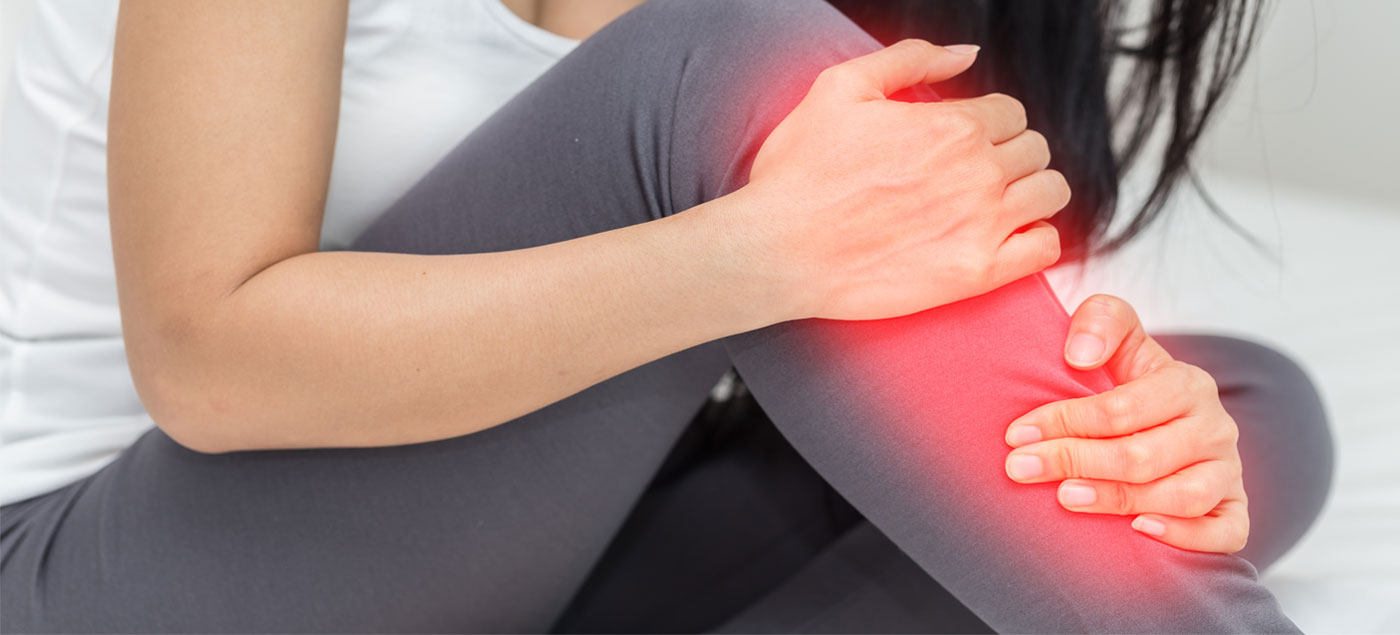Shin Splints When Walking or Running, and How to Treat Them
19th Aug 19

If you’ve been exercising for a while, you’re just starting out, or even have just done a lot of walking before; you probably have had the unfortunate experience of shin splints. They’re an incredibly irritating, painful ailment to come by as a by-product of your exercise. They cause a lot more trouble than a lot of people might realise.
Shin splints, simply put, are just the worst. You’re trying to make progress in your health, and you get pain from it. It sucks, but it happens. Luckily though, there are some things that you can do about it once you understand why you get shin splints from walking or running, what they are, and how you can treat them. So let’s break it down:
Want to move fast? Jump to the right section below.
What Are They?

Shin splints start from scratch and are an annoying, painful feeling you get in your shins after exercising (sometimes). They’re caused by swelling around the shins from bearing too much weight or pressure and become inflamed as a result. That’s the bottom line.
They’re usually extremely uncomfortable and, generally speaking, make you want to stop whatever it is that you’re doing. Not fun.
How Do You Get Them?
So how do you actually get shin splints? Well, typically, shin splints come from running or even walking. The less you exercise, the more likely you are to get them. They’re just a by-product of a new exercise, especially when more impact is involved. They’re even worse if you’re not doing your exercise correctly, have any issues, or even are wearing the wrong footwear!
They are your body’s way of keeping you safe and minimising injury risk. The good news is, they aren’t permanent either. They can and should get better if you treat them correctly and do what you need to.
How Do You Treat Them?
Shin splints are, as we said, not permanent. Usually, the best way to help shin splints get better is to use the typical recovery tactics. Allow yourself to rest up and get the most of your rest too. Ice, elevation and relaxation are the usual ways to go about it.
If you still want to keep active, you can always substitute low-impact exercises into the mix too. There is a range of things that you can do, like using an exercise bike or cross-trainer (which helps with running anyway) or even just taking things down a notch. For example, try walking instead of running or run less often for a while. Little changes make a big difference as your body becomes accustomed to what you need it to do.
In a nutshell, that’s about everything you need to know. If they persist or worsen, consider seeing a GP. Warm up, cool down, use the right technique and the right equipment, and you should see improvements. They happen to the best of us at some point. Just make sure you aren’t making things worse for yourself in the long run!
For more information about shin splints, check out this NHS link too.

Before beginning any exercise or nutrition program, consult your physician, doctor or other professional. This is especially important for individuals over the age of 35 or persons with pre-existing health problems. Exercise.co.uk assumes no responsibility for personal injury or property damage sustained using our advice.
If you experience dizziness, nausea, chest pain, or any other abnormal symptoms, stop the workout at once and consult a physician or doctor immediately.









